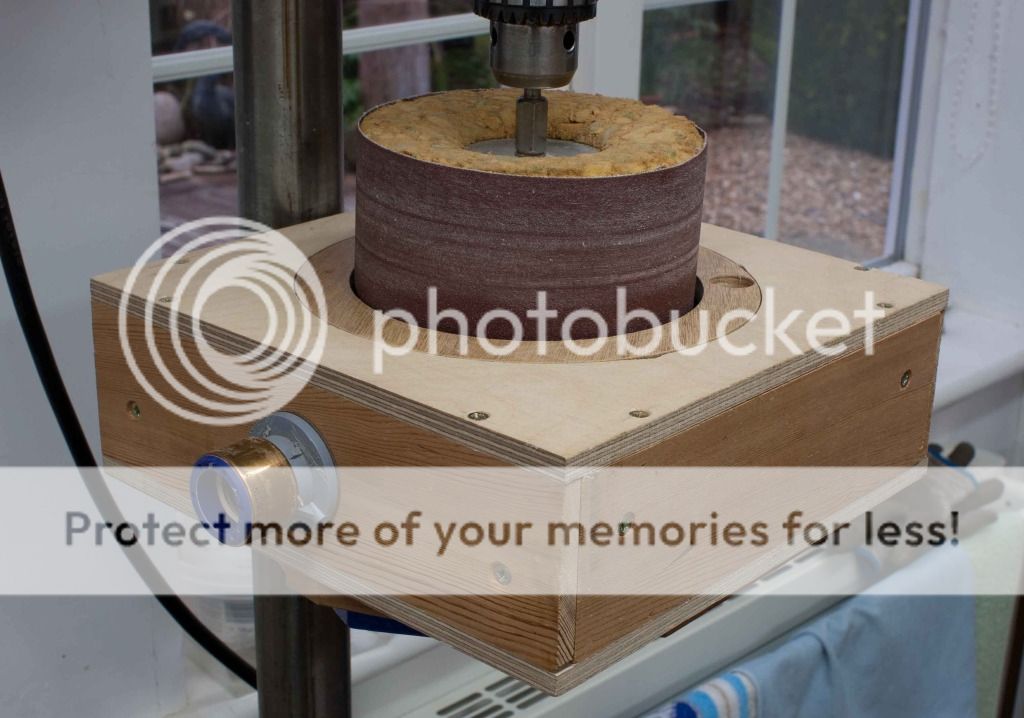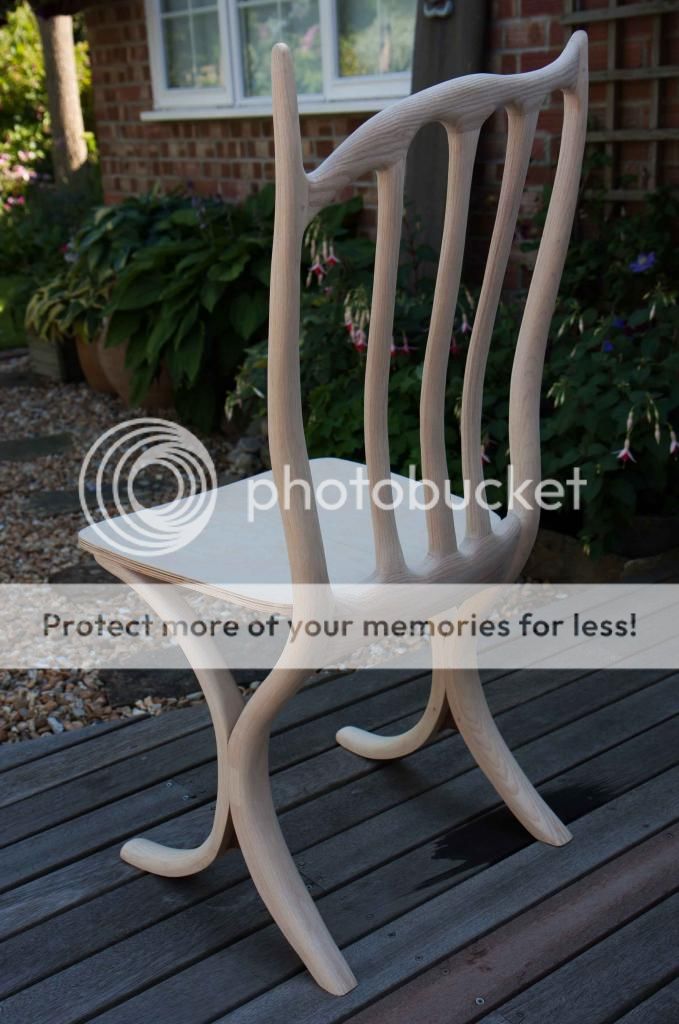I am trying to speed up as well as make easier the shaping of some concave curves, these also happen to be in end grain.
I know a spindle sander will remove material faster, and using the drill press as a sander can be bad for the machine.
What i'd like to ask is do you think i'll find it's any easier to produce smooth curves using a bobbin sander? Using my drill press I tended to struggle with this as the shape of the barrel would leave undulations that would need removing by hand sanding, which is pretty slow even with low grit.
Presumably the larger the drum the less tendency there is to create undulations in the curve.
Thanks =).
I know a spindle sander will remove material faster, and using the drill press as a sander can be bad for the machine.
What i'd like to ask is do you think i'll find it's any easier to produce smooth curves using a bobbin sander? Using my drill press I tended to struggle with this as the shape of the barrel would leave undulations that would need removing by hand sanding, which is pretty slow even with low grit.
Presumably the larger the drum the less tendency there is to create undulations in the curve.
Thanks =).


































